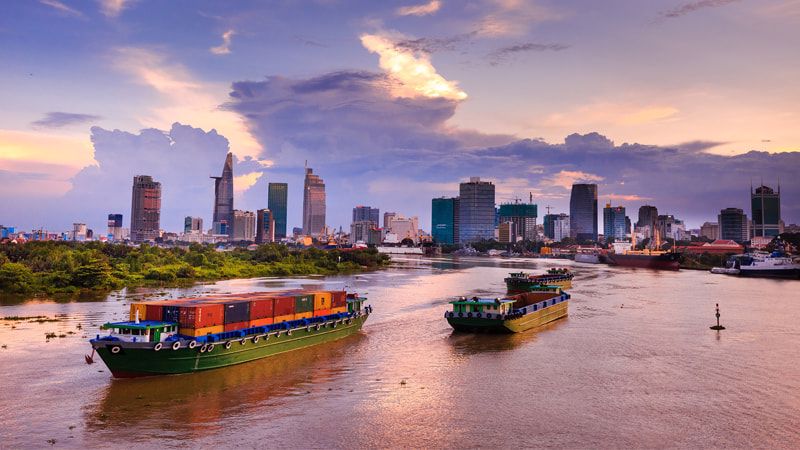Vietnam has undergone a profound transformation over recent decades. Following years of war — including the conflict with the United States (1955–1975) and the subsequent reunification in 1976 — the country launched a process of structural reforms in 1986, known as Doi Moi. These reforms have paved the way for accelerated economic growth, driven by openness to foreign investment, industrialisation and progressive integration into the global economy.
Today, Vietnam is one of the most dynamic emerging economies in Asia. The reforms introduced enabled the transition from a planned economy to a market-oriented economy under state guidance, while maintaining a single-party regime.
In recent years, Vietnam has recorded sustained economic growth, with average annual rates exceeding 6 per cent. In 2023, GDP grew by around 5.1 per cent, following a robust performance in 2022 (8 per cent). The country’s economic model is based on manufacturing and exports, with particular emphasis on electronics, textiles and footwear, alongside a still significant agricultural industry.
Foreign direct investment (FDI) has been a key pillar of this growth strategy. Multinational companies such as Samsung, Intel and Foxconn have established production facilities in the country, drawn by its young and competitive workforce, political stability and favourable trade agreements, including participation in the Comprehensive and Progressive Agreement for Trans-Pacific Partnership (CPTPP) and the EU–Vietnam Free Trade Agreement (EVFTA).
Read the full article.




